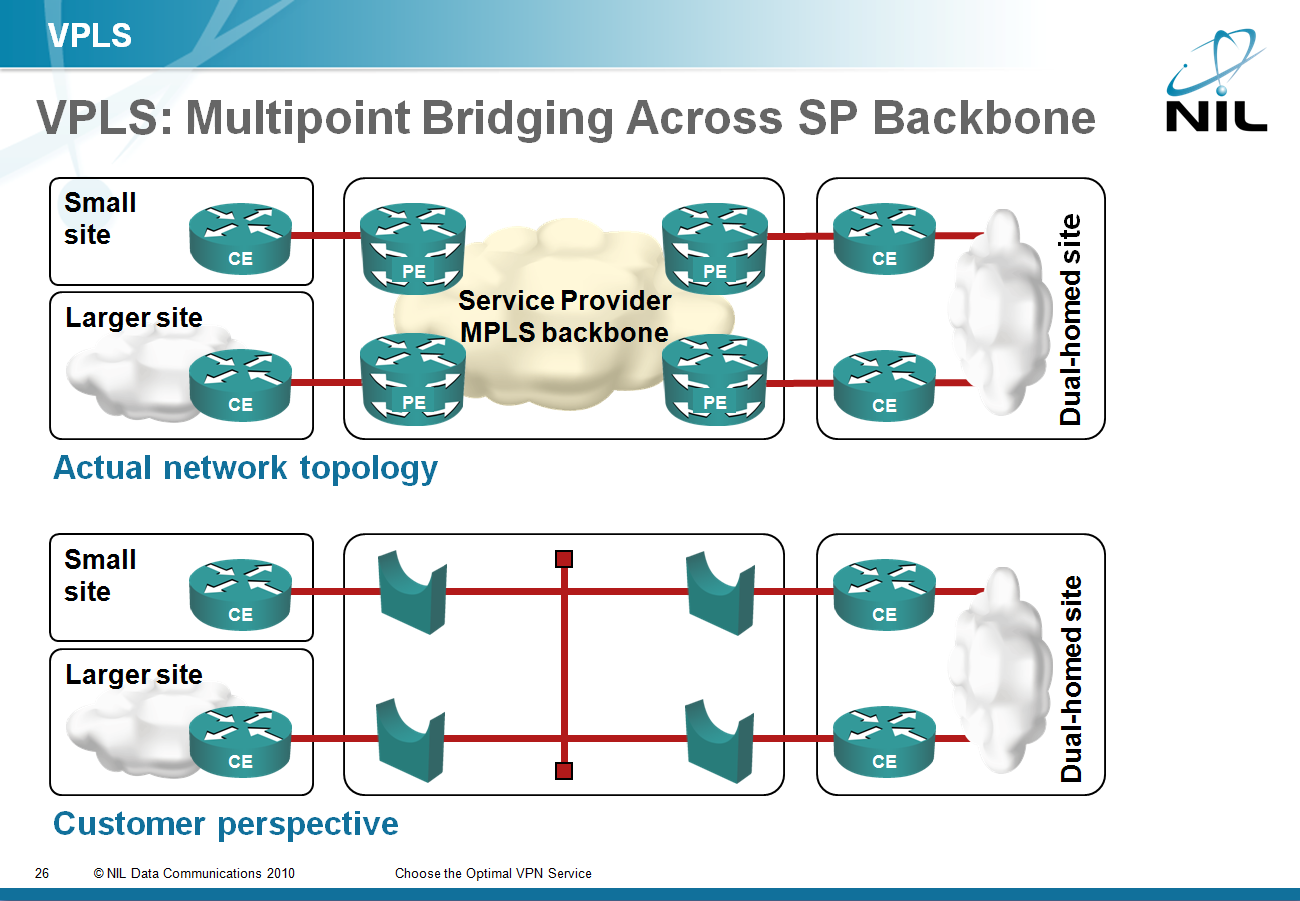The Big Picture and my webinars (with a VPLS example)
Ever since I’ve figured out how to explain complex topics to bright engineers, I wanted to develop content (books, courses, documents) that explained (in this order):
- The Big Picture and WIIFM (What will the student gain by understanding and deploying something based on what I’m describing).
- How the technology we’re using actually works (remember: knowledge, not recipes) and finally
- How to configure, monitor and troubleshoot the actual boxes used to build the solution.
I’m positive you agree this approach makes perfect sense, and every now and then I’ve managed to get it right (for example, in the MPLS VPN books). Unfortunately, you’re often facing an uphill battle, as people want to focus on hands-on topics and hate to learn why things work the way they do instead of memorizing recipes like “Thou shalt not have more than 3 OSPF areas per router”.
Now that I’m running my own webinars, I can afford to spend as much time as needed on the big pictures. Even when I was describing in-depth configurations in the Building IPv6 Service Provider Core webinar, I started each design model with a “Big Picture” slide.
The next webinar, Choose the Optimal VPN Service is full of “Big Picture” explanations, as it’s easiest to understand new VPN services if you compare them to other well-known topologies. Just to give you an example: From the customer perspective, the VPLS service is a single huge bridged LAN segment. If you know a bit about routing protocols or security, you can infer all sorts of interesting conclusions from this simple fact.

